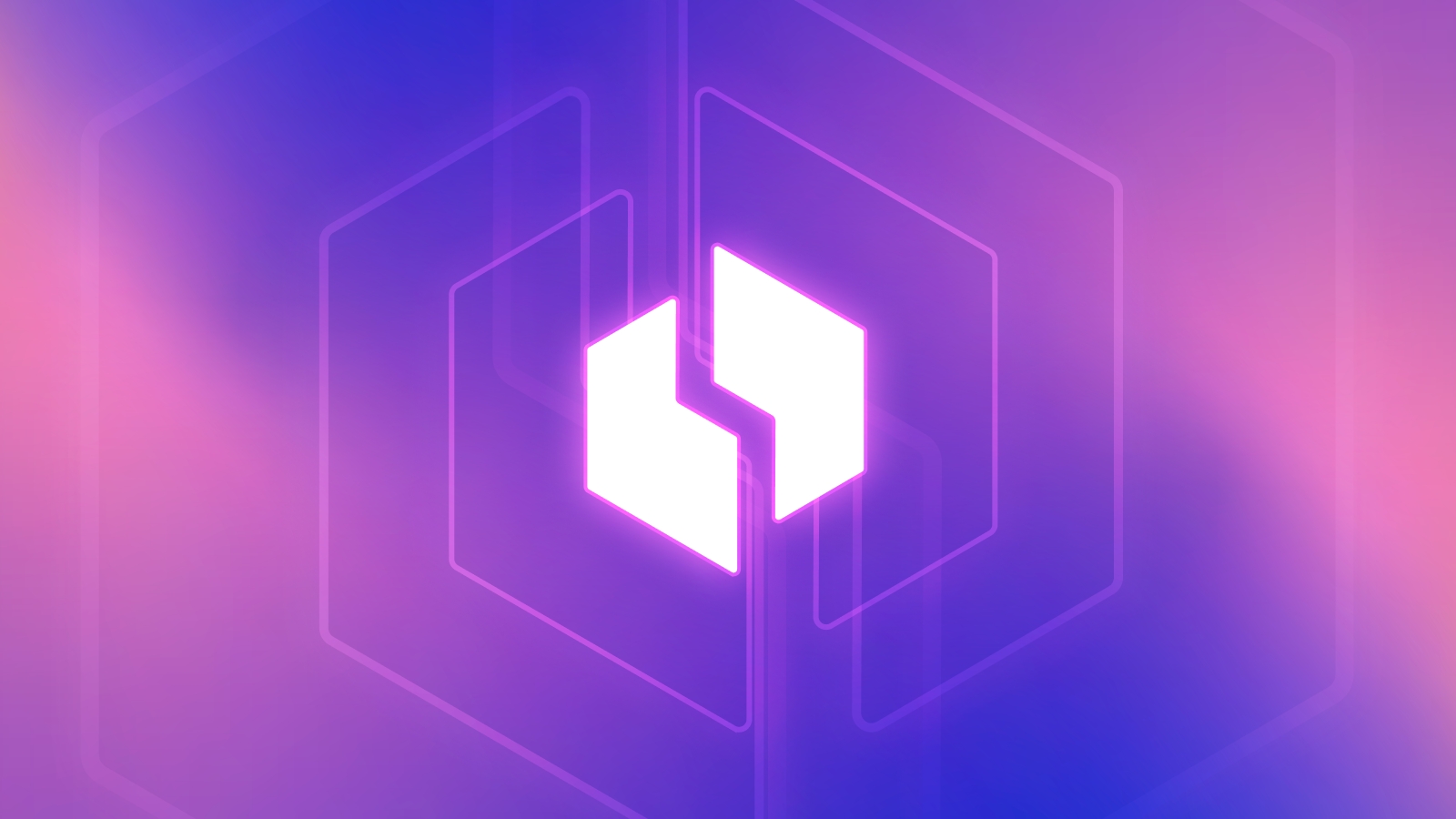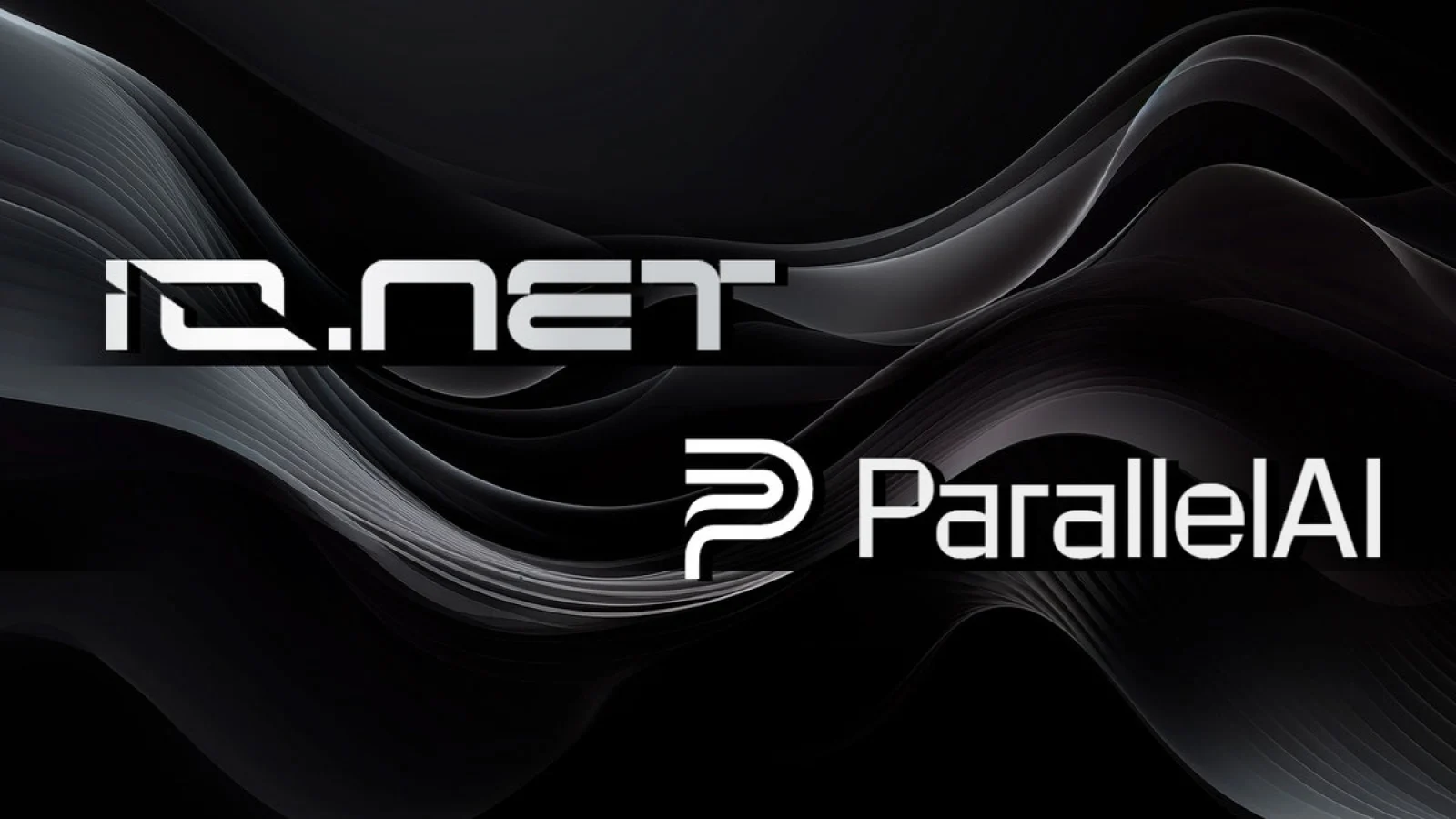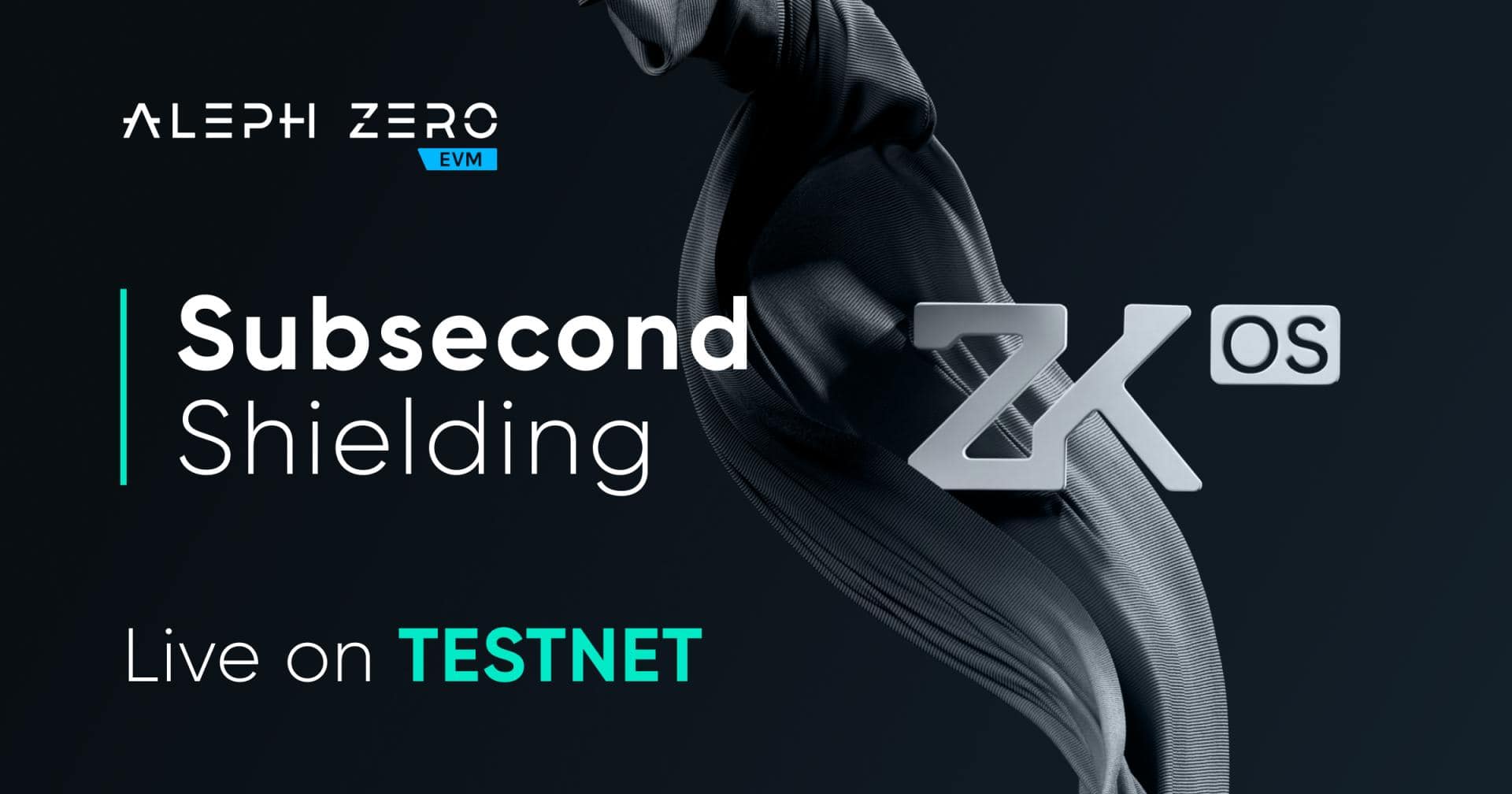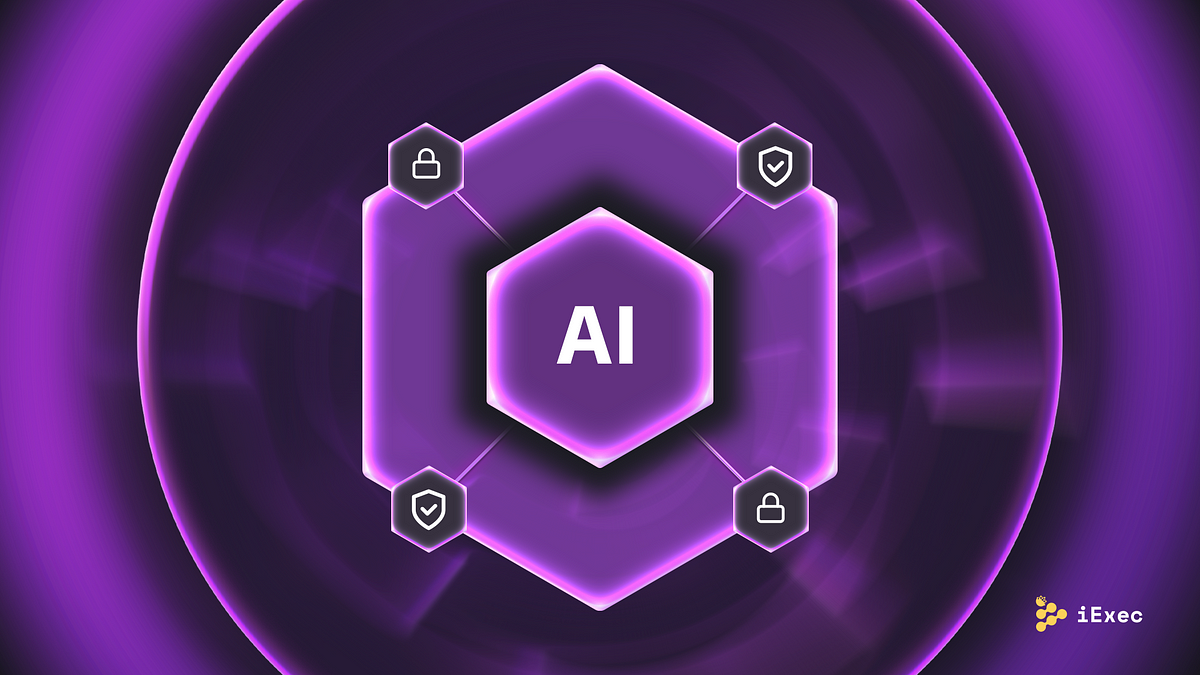Latest DePIN AI News
View AI Projects
7 months ago
Flux AI vs MidJourney: The Battle for Artistic Freedom
In the evolving landscape of AI-powered art generation, two platforms, Flux AI and MidJourney, have emerged as key players, each with distinct philosophies and functionalities. Flux AI, developed by ex-Stability AI members, champions a censorship-free environment, allowing artists to explore their creativity without restrictions. This open-source platform offers three models—Schnell, Dev, and Pro—catering to various user needs, from quick image generation to high-quality outputs. In contrast, MidJourney is known for its polished visuals but imposes strict content guidelines, limiting the types of images that can be created, particularly those that are violent, explicit, or politically charged.
The recent upgrade to MidJourney's v6.1 algorithm has enhanced its image quality and coherence, addressing previous issues like the notorious "weird hand" problem. However, despite these improvements, the platform's stringent censorship policies remain a significant drawback, potentially stifling artistic expression. On the other hand, Flux AI's no-censorship policy empowers creators to tackle complex themes and push artistic boundaries, making it a compelling choice for those seeking creative freedom. The pricing models further highlight the differences, with Flux AI being free for users who run it on their hardware, while MidJourney operates on a subscription basis, starting at $10 per month.
Ultimately, the choice between Flux AI and MidJourney boils down to individual priorities. For artists who prioritize convenience and high-quality visuals, MidJourney may be the preferred option. However, for those who value unrestricted creative expression and the ability to explore any subject matter, Flux AI stands out as the clear winner. As the debate over censorship and artistic freedom continues, these platforms represent a broader cultural movement advocating for the right to create without limitations.

7 months ago
AI Tokens Surge Amid Anticipation of Bitcoin Bull Run
As Bitcoin approaches the possibility of reaching a new all-time high (ATH) by the end of the year, the cryptocurrency market is buzzing with anticipation of an impending bull run. Despite this excitement, the altcoin season has yet to commence. In the midst of this landscape, there has been a notable surge in interest surrounding artificial intelligence (AI) tokens. Recent analyses of on-chain data have spotlighted five top-performing AI tokens that have shown significant growth over the past month, making them worth monitoring for potential investment opportunities.
Leading the pack is $TAO, which has experienced an impressive increase of 104%. With the largest market cap among AI tokens, $TAO has a unique situation where 37% of its tokens are set to be unlocked over the next year, while a substantial 77.7% of its circulating tokens are currently staked. Following closely is $ARKM, which has gained 81.8% and is expected to have 77.5% of its tokens unlocked over the next six years. Market maker Wintermute is believed to hold around 10% of the circulating supply, adding to its credibility. Other notable tokens include $WLD, $TAI, and $FET, each with their own unique attributes and backing that contribute to their rising popularity.
The evolving cryptocurrency landscape presents these AI tokens as compelling opportunities, especially as the market remains cautious regarding altcoins. With the potential for a bull run on the horizon, Spot On Chain is set to launch a series of analyses across multiple altcoin categories to provide a comprehensive overview for investors. As always, it is crucial for investors to conduct thorough research before making any decisions in the dynamic world of cryptocurrency.

7 months ago
io.net Partners with ParallelAI to Enhance GPU Computing for AI
In a significant development within the blockchain and AI sectors, io.net, a pioneering decentralized physical infrastructure network (DePIN) GPU platform, has announced a strategic partnership with ParallelAI. This collaboration aims to enhance the capabilities of both platforms by integrating io.net's tools into ParallelAI's infrastructure, which specializes in parallel processing optimization for AI applications. The partnership is expected to bolster GPU computational facilities on IO Cloud, particularly through the deployment of A100 GPUs, allowing AI developers to efficiently conduct tasks such as large language model (LLM) training and distributed deep learning.
The partnership will not only focus on expanding computational resources but also on joint research and development efforts. By leveraging their combined expertise, io.net and ParallelAI aim to push the boundaries of GPU cloud computing, setting new standards for performance and efficiency. This collaboration follows io.net's previous partnerships, including a notable alliance with FLock to develop a Proof-of-AI (PoAI) consensus mechanism, further solidifying its position in the AI and DePIN landscape.
ParallelAI's innovative approach allows developers to write high-level code while the platform manages parallel computing across multiple GPUs and CPUs. This can lead to a remarkable reduction in computational time—up to 20 times faster—and significant cost savings. By utilizing decentralized GPU clusters on demand through IO Cloud, ParallelAI can scale its operations seamlessly, ensuring clients have reliable access to the computational power needed for intensive AI workloads, with potential savings of up to 90% compared to traditional cloud services.

7 months ago
Market Analysis: AI Tokens Face Bearish Trends Amid Consolidation
The cryptocurrency market is currently experiencing a mid-week bearish trend following an initial bullish momentum. AI tokens, which recently captured significant attention, are now consolidating, potentially indicating a bullish reversal. However, notable pullbacks are observed in trading sets for Bittensor (TAO), Artificial Superintelligence Alliance (FET), and Render (RENDER). This scenario may present a strategic opportunity for investors to accumulate these tokens at discounted prices, despite the current market fluctuations.
Bittensor (TAO) has recently made headlines with a remarkable price surge exceeding 200%. However, this upward movement has been accompanied by minor pullbacks, which have historically attracted bullish activity. Currently, TAO is positioned within a rising parallel channel, suggesting the potential for another higher high. While the price is expected to overcome upward pressure and aim for new highs, a decline in trading volume could limit volatility. The on-balance volume (OBV) is also showing lower highs and lows, raising concerns about the sustainability of the current price levels.
On the other hand, the Artificial Superintelligence Alliance (FET) is navigating a bullish pattern despite intermittent bearish pressures. The token is testing crucial support levels, which could lead to a rebound. However, technical indicators are showing bearish tendencies, indicating a potential pullback. Meanwhile, Render (RENDER) is maintaining its bullish trajectory, supported by an ascending trend line. Although selling volume has increased, the price is expected to consolidate before initiating a rebound. Overall, while the market faces challenges, opportunities for strategic investments in these AI tokens may arise as the situation evolves.

7 months ago
Aleph Zero Launches Shielding Demo for zkOS on EVM Testnet
Aleph Zero, a prominent blockchain platform known for its emphasis on privacy and scalability, has announced the launch of its zero-knowledge operating system (zkOS) feature called Shielding on its EVM Testnet. This innovative technology allows zero-knowledge proofs to be generated directly on users' devices, enhancing privacy while maintaining transaction speed. The Shielding Demo showcases the platform's capability to deliver ZK proofs in an impressive timeframe of 0.5 to 3 seconds, thus ensuring that user privacy does not hinder performance. Adam Gagol, Co-Founder and CTO of Aleph Zero, emphasized that this release addresses the long-standing challenge of privacy in blockchain by providing a seamless user experience without sacrificing speed.
The Shielding Demo serves as an intuitive interface for users to engage with Aleph Zero's zkOS privacy layer. The process involves generating zero-knowledge proofs locally, sending transactions to a relayer, and executing them on-chain—all while ensuring data privacy. This client-side approach is a significant departure from traditional server-side methods, as it empowers users to maintain control over their data. Aleph Zero's roadmap for zkOS includes plans for additional features like ZK-ID and anonymity revokers, aimed at enhancing both user privacy and protection against fraudulent activities.
As Aleph Zero progresses with the Testnet release, the focus will shift towards refining the Shielding feature for its Mainnet deployment. Users participating in the Shielding Demo will have the chance to be whitelisted for upcoming zkOS Beta testing on Aleph Zero’s EVM Mainnet. The introduction of zkOS is poised to revolutionize the privacy landscape in blockchain, addressing regulatory concerns while enabling secure asset management across multiple blockchains. Aleph Zero's commitment to developing practical privacy solutions positions it as a critical player in the evolving web3 ecosystem.

7 months ago
Theta Labs Launches AI Virtual Try-On for Shopify
Theta Labs has announced the launch of its AI Virtual Try-On software for Shopify, developed in collaboration with KAIST AI Lab, a leading AI research center in South Korea. This innovative technology utilizes advanced computer vision and natural language processing to enhance the online shopping experience. Customers can now virtually try on various tops by simply uploading a selfie, which aims to improve user engagement and potentially increase sales conversions for e-commerce retailers. To promote its adoption, Theta Labs is offering this plugin for free to Shopify store owners for a limited time, with successful beta integrations already reported by customers like Soar and Mazer.
The AI Virtual Try-On for Shopify is powered by Theta EdgeCloud, a hybrid cloud-edge computing platform that combines over 30,000 distributed edge nodes from the Theta Edge Network with cloud services from major providers like Google Cloud and Amazon Web Services. This infrastructure offers more than 80 PetaFLOPS of distributed GPU compute power, allowing for significant cost savings on GPU computing tasks compared to traditional cloud providers. The EdgeCloud platform provides AI model training and inference services at less than half the cost of other cloud solutions, making it a cost-effective option for businesses.
This launch signifies a major advancement in the application of EdgeCloud technology within the e-commerce sector. By addressing common challenges faced by online retailers and shoppers, Theta Labs is making advanced AI tools more accessible and affordable. Looking forward, Theta Labs and KAIST AI plan to expand the capabilities of the AI Virtual Try-On model to include more complex wearables, such as hats and bottoms, further pushing the boundaries of AI-driven fashion technology and enhancing the online shopping experience for consumers.

7 months ago
HashKey Global and Ionet to Discuss AI Integration in Upcoming AMA
On October 17, 2024, HashKey Global will host an Ask Me Anything (AMA) session with Ionet, focusing on the innovative ways Io.net plans to leverage Decentralized Physical Infrastructure Networks (DePIN) to enhance artificial intelligence (AI) capabilities. This event is expected to provide valuable insights into the strategic direction of Io.net and how it aims to scale its AI initiatives. Given the growing interest in AI and blockchain integration, the AMA could serve as a pivotal moment for investors and stakeholders in the IO token ecosystem.
The discussion is anticipated to shed light on the potential impacts of successful AI integration on the IO token's market performance. As the demand for AI-driven solutions continues to rise, the ability of Io.net to effectively implement these technologies could significantly boost investor confidence. This, in turn, may lead to an increase in the IO token's price, making it a more attractive option for both current and prospective investors.
HashKey Global's commitment to fostering dialogue around blockchain and AI is evident in this AMA. By engaging with the community and providing a platform for discussion, they aim to clarify the future of Io.net and its role in the evolving landscape of decentralized technologies. Stakeholders are encouraged to stay informed about the developments from this session, as the insights shared could have lasting implications for the IO token and its market trajectory.

7 months ago
AI-Driven Coins Surge as IntelMarkets Leads the Charge
The cryptocurrency market is currently witnessing a significant surge in AI-driven coins, with IntelMarkets (INTL) leading the charge in presale success. This emerging coin has attracted considerable attention, raising over $1.1 million at a presale price of just $0.027. Market analysts predict a potential price increase of up to 1,000% in the coming months, highlighting the growing interest in AI technologies within the crypto space. Alongside INTL, Near Protocol (NEAR) and Bittensor (TAO) are also experiencing impressive gains, with NEAR trading at $4.99 after a notable recovery from a low of $3.25. This trend suggests a shift in market dynamics, with AI coins poised to challenge established players like Cardano (ADA).
Cardano (ADA) is currently facing a downturn, struggling to maintain its value amidst a bullish market. The coin has seen a minor increase of only 3%, trading at $0.36, but has experienced significant fluctuations, dropping as low as $0.3434. The persistent red candles on the weekly charts indicate a bearish trend, with a monthly decline of 2%. As the market shifts towards AI-driven projects, Cardano's position may be threatened, prompting investors to reassess their strategies in light of these emerging competitors.
The IntelMarkets platform aims to revolutionize cryptocurrency trading by providing retail traders with advanced tools and features designed to simplify decision-making. Utilizing a dual architecture on Ethereum and Solana blockchains, IntelMarkets leverages over 100,000 inputs to generate a single trade signal, enhancing the trading experience. As the demand for efficient and cost-effective trading solutions grows, IntelMarkets is well-positioned to capitalize on this trend, potentially reshaping the landscape of cryptocurrency trading platforms.

7 months ago
Bittensor (TAO) Surges Amid AI Market Momentum and Institutional Interest
Bittensor, an artificial intelligence-focused cryptocurrency, has recently emerged as a significant player in the market, ranking as the third top gainer among the top 100 cryptocurrencies over the past 30 days. The token, known as TAO, has surged by an impressive 106.8%, bringing its market capitalization to over $4.79 billion. This rise is attributed to a broader trend in the AI sector, particularly influenced by Nvidia Corp's stock rally, which has seen a 15.4% increase in the same timeframe. As Nvidia's stock continues to soar, the AI-crypto market cap has also experienced a boost, now standing at $29.8 billion, according to CoinGecko.
Institutional interest has significantly contributed to Bittensor's growth, with Grayscale, a prominent digital asset manager, launching a Bittensor-focused fund that attracted $4.9 million in assets under management. Grayscale's decision to increase its allocation to Bittensor from 2% to 31% in its AI fund has instilled confidence among investors, leading to increased adoption and investment in TAO. Additionally, the demand for Bittensor in the futures market has reached a record high of $220 million, indicating a surge in interest from traders and investors alike.
Analysts are optimistic about TAO's future trajectory, with predictions suggesting a short-term target of $1,000 and a mid-term target of $3,330. Technical indicators support this bullish outlook, as TAO is currently trading above the 50-day Moving Average, indicating a potential continuation of upward momentum. The Relative Strength Index (RSI) remains steady above 60, suggesting that the bullish sentiment is still strong. However, analysts caution that the $650 mid-level serves as a crucial support level; a drop below this point could signal a shift in momentum, potentially leading to a downward trend.

7 months ago
The Rise of Confidential AI: Ensuring Trust and Security in AI Applications
Artificial Intelligence (AI) has evolved into a crucial asset for organizations, with three-quarters now leveraging it to enhance innovation, efficiency, and growth. Analysts predict that by 2026, 80% of enterprises will utilize AI-enabled applications, significantly transforming various industries. The marketing and advertising sectors are at the forefront, using AI to secure a competitive edge. However, as AI becomes more prevalent, concerns regarding data confidentiality arise, particularly regarding the use of sensitive business and personal information in training AI systems. Ensuring confidentiality is vital not only for security but also for building trust and fairness in AI-driven decisions.
The challenges of AI, often referred to as the "black box problem," highlight the need for transparency in AI systems. Users frequently struggle to understand how AI makes decisions, raising concerns about accountability and ethical standards. Privacy issues are compounded by the handling of personal data, and data sovereignty becomes a critical consideration, especially with cross-border data flows. As AI increasingly influences our lives, companies face the dual challenge of ensuring security while also finding ways to monetize AI applications without compromising user privacy. Confidential AI emerges as a solution to these challenges, emphasizing secure data handling and decision-making processes.
At iExec, the focus on confidential computing ensures that sensitive data remains protected throughout the AI workflow. By utilizing blockchain technology, iExec enhances the verifiability and trustworthiness of AI processes, allowing stakeholders to track each step and verify results. This integration of Confidential AI with blockchain not only safeguards data but also provides a framework for monetizing AI applications while maintaining user privacy. As advancements continue in this field, the future of Confidential AI looks promising, with ongoing developments aimed at enhancing security, transparency, and ethical considerations in AI applications.
Signup for latest DePIN news and updates